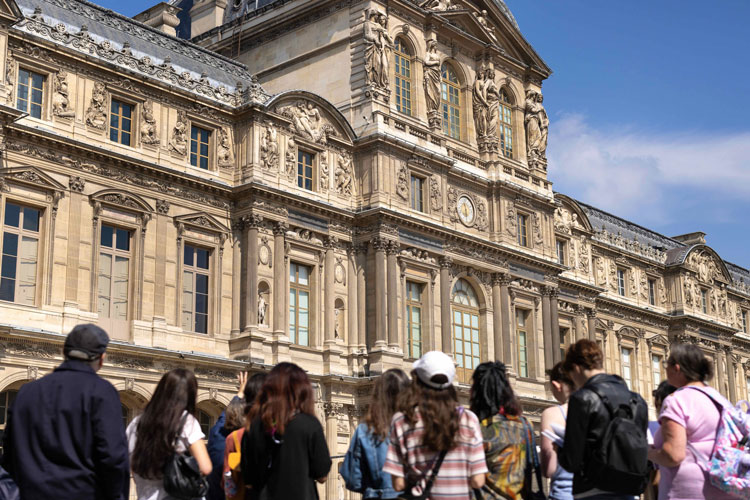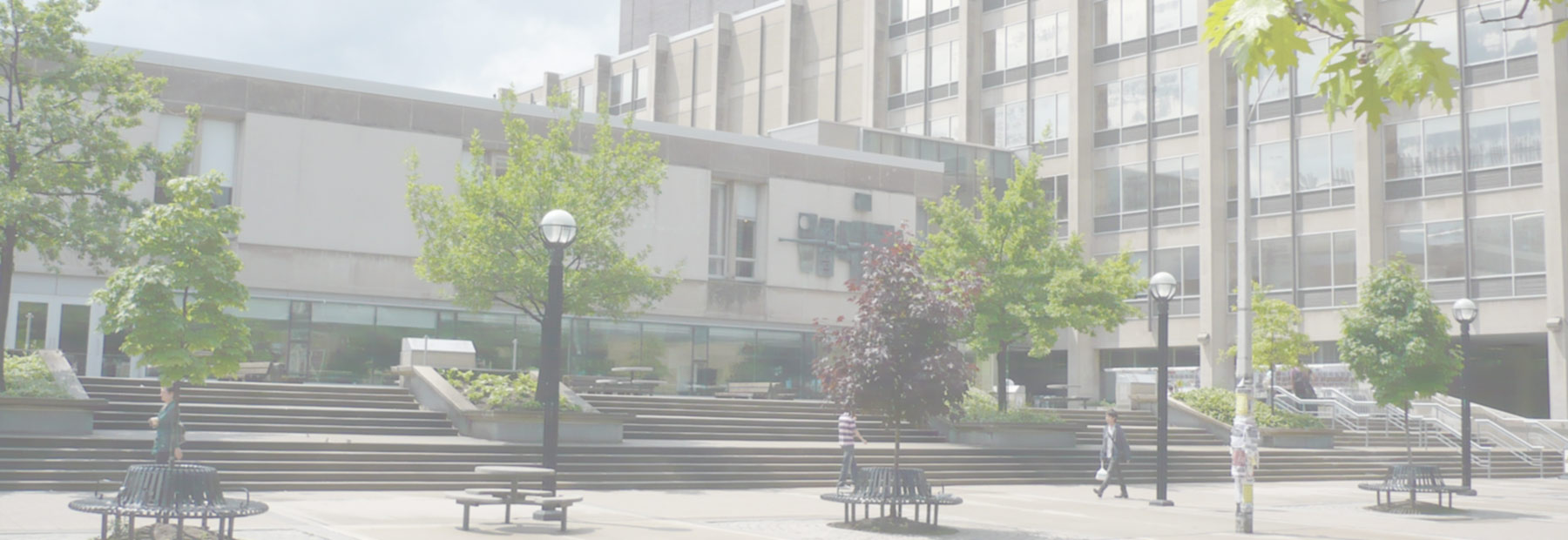Last summer, the department offered two courses in Paris through the Toronto–France Art History Partnership, supported by Fondation DRG. The program provided generous bursaries to participating students, who were selected from over a hundred applicants.
Two courses were offered: “Ancient Art and Architecture and its Reception in France,” taught by Professors Bjorn C. Ewald and Christina Katsougiannopoulou, and “Studies Abroad in Renaissance and Baroque Architecture,” taught by Professor Christy Anderson with assistance from Pierre Marty, a postdoctoral fellow in the department and a recent graduate of the École pratique des hautes études in Paris. Both courses will be repeated in Summer 2025.

These immersive courses, administered by the Woodsworth College Summer Abroad program, enabled students to encounter artworks and monuments directly. Students visited castles in the Loire region as well as the Roman city of Nîmes. As Professor Ewald described: “The basic idea that informed the course was to approach works of art not with preconceived notions and theories (as we usually do), but with an openness to the questions and issues emerging from the direct encounter with the works of art and architecture themselves.”
Visiting important museum collections such as the Louvre and the Cabinet des Médailles in Paris helped build students’ visual literacy, bringing them face-to-face with artworks previously encountered only in textbooks and lecture slides.

For example, on a Tuesday—when the Louvre was closed to the public—students toured the museum’s French furniture collection with François Reutin, a scholar of furniture techniques and a furniture maker himself. As Anderson recounts, “he was able to open the various pieces, pull out the drawers, and offer the students an understanding of the complexities of the furniture with the galleries to ourselves.” On another day, Reutin took the class to Parisian furniture workshops, where craftspeople were repairing extraordinary pieces of Renaissance furniture.
The courses prompted students to reflect on the history of these institutions, including pressing concerns of cultural context and provenance. Guided tours by curators showed how museums are places of active research and exploration. As Ewald reminds us, “The process of discovery only begins, but certainly does not end, with an object being unearthed, although the latter usually attracts a disproportionate amount of public attention.”
Interpretation and reinterpretation were key themes in both courses, which examined the uses and reuses of classical and Renaissance art across French history. Whether visiting the Maison Carrée—the best-preserved temple from the Roman world—or touring the châteaux of the Loire region, students learned about the multiple uses and reuses of monuments in their ancient and modern contexts.
The University of Toronto–France Art History Partnership is part of the Canada-France Cross-Cultural Exchanges in Music and Art History program, supported by Fondation DRG.


